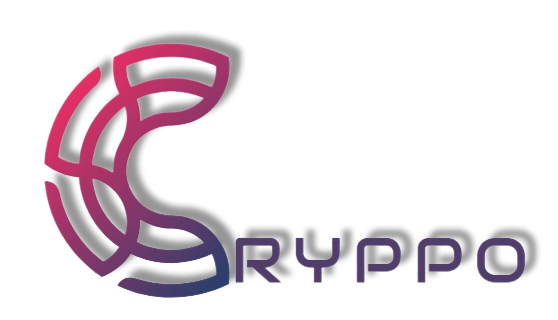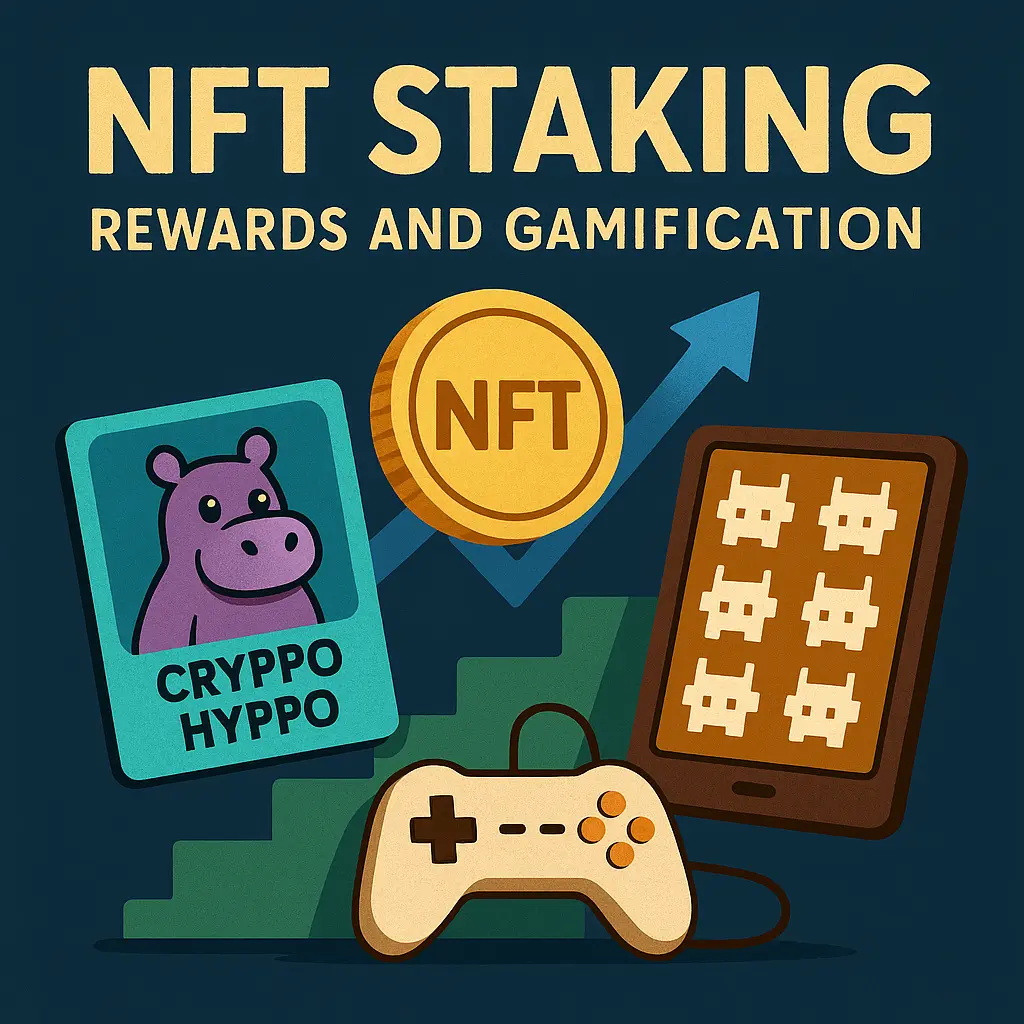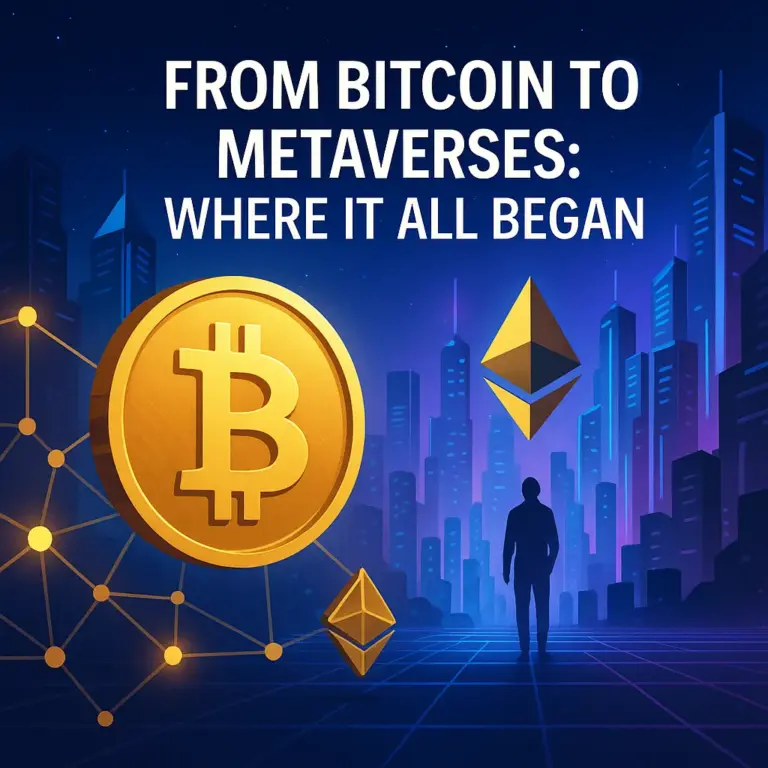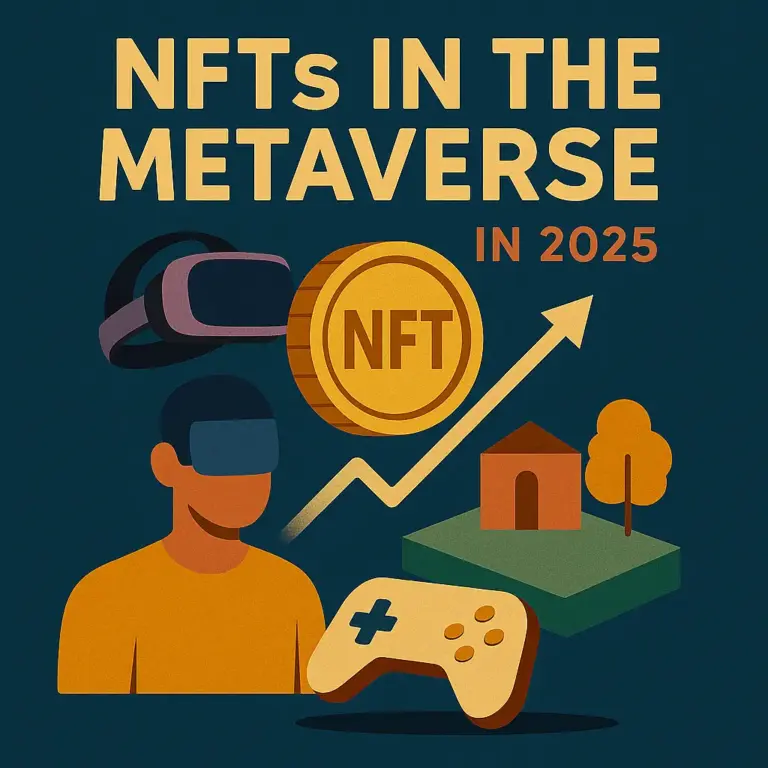What if owning an NFT was just the beginning? In 2025, staking NFTs has become far more than a passive rewards system. It’s now tightly woven into gameplay, social dynamics, and even metaverse economies. Forget the old “lock and earn” model — today’s NFT staking is about participation, personalization, and long-term storytelling. Projects now use staking as a tool for engaging players, building narrative arcs, and deepening loyalty. Let’s look at how this trend has evolved and which models are setting the pace.
Why NFT Staking Is Thriving Again
Back in the early Web3 days, staking was simple: freeze your asset and earn a reward. But that model didn’t hold attention for long. Fast forward to now, and staking has been reimagined as an immersive system with multiple layers of interaction.
Modern staking allows users to:
- Generate new generations of NFTs
- Access exclusive in-game features and perks
- Influence metaverse economies
- Strengthen emotional bonds within NFT communities
It’s no longer just about APY — it’s about playing a part in a much larger ecosystem. Staking has become a gameplay loop.
Model 1: Cryppo Hyppo — Breeding as Strategy
One of the most innovative NFT staking systems comes from Cryppo Hyppo, where users don’t just stake — they breed. Players stake their original NFTs to generate new assets called Cryppies and Cryppa, which are either children or special evolutions. This isn’t just cosmetic: rarity traits, gameplay statistics, and strategic decisions all depend on what gets staked and when.
The logic is simple but clever — you’re not just collecting hippos; you’re creating them. Users evolve into breeders, and every decision impacts the long-term ecosystem. It’s like genetics meets gamification.
Key elements of Cryppo Hyppo’s model:
- Inherited rarity and traits
- Generative NFT logic
- High-risk, high-reward collecting
- Strategic selection of breeding pairs
Here, staking is storytelling — each new NFT born from your choices carries a lineage and potential value in both gameplay and resale.
Model 2: Otherdeed by Yuga Labs — Staking as Gateway to the Metaverse
In the Otherdeed for Otherside universe by Yuga Labs, staking has a different role: unlocking access. Landowners who stake or hold NFTs gain entry into metaverse missions, exclusive events, and in-world assets. This makes staking not just an economic action but a passport to exploration.
It’s not about earning coins — it’s about being part of the journey. Staking here allows participation in DAO decisions, lore development, and special resource events.
What makes this model unique?
- Territory expansion tied to NFT staking
- Missions and quests available only to landowners
- DAO involvement required for full access
- Hybrid system of gaming and governance
If Cryppo Hyppo gamifies breeding, Otherdeed gamifies ownership. Holding land isn’t just symbolic — it’s the foundation of your role in the Otherside world.
Model 3: Pudgy Penguins — Passive Revenue via Licensing
Pudgy Penguins take a radically different approach. Instead of traditional staking where users lock tokens, holders gain the right to license their NFTs for commercial use. That could mean merchandise, appearances in games, collectible toys, or even media features.
This model flips the idea of staking: you don’t earn by locking, you earn by owning — and using that ownership to tap into real-world business.
Gamification in this context includes:
- Licensing avatars across platforms
- Merchandising and IP use
- Reputation-based systems tied to owner activity
It’s staking without the lock — a long-hold model that favors those who engage with the brand and build value over time. Think of it as turning your NFT into a tiny business franchise.
At a Glance: Three Models, Three Paths
To better understand how these systems differ, here’s a breakdown of their staking logic:
| Project | Staking Reward | Gamification Features | Metaverse Interaction |
|---|---|---|---|
| Cryppo Hyppo | New NFTs (Cryppies, Cryppa) | Trait inheritance, rarity strategy | Yes |
| Otherdeed | Events, resources, missions | Quests, exploration, DAO governance | Yes |
| Pudgy Penguins | Licensing revenue | Cross-platform avatars, merch, rankings | Indirectly |
Each model represents a different stake in the Web3 future — from gameplay-driven NFT generation to passive licensing streams. And none of them are static. They evolve as the user engages.
What Works in 2025: From Holding to Looping
What all these models have in common is this: staking is now a loop, not a one-off action. You don’t stake just to earn and walk away — you stake to re-enter the system, unlock more, and participate deeper.
This trend mirrors the design logic behind other Web3 games, including Aviator by Spribe, where players are pushed into a cycle of anticipation, risk, and reward. Whether through breeding, battling, governing, or monetizing, staking now brings players closer to the core of the project’s universe.
So, is NFT staking still relevant in 2025? Absolutely — but only when it feels like gameplay. The more interactive, the better. This is the new blueprint: earn not by stepping away, but by staying in.




